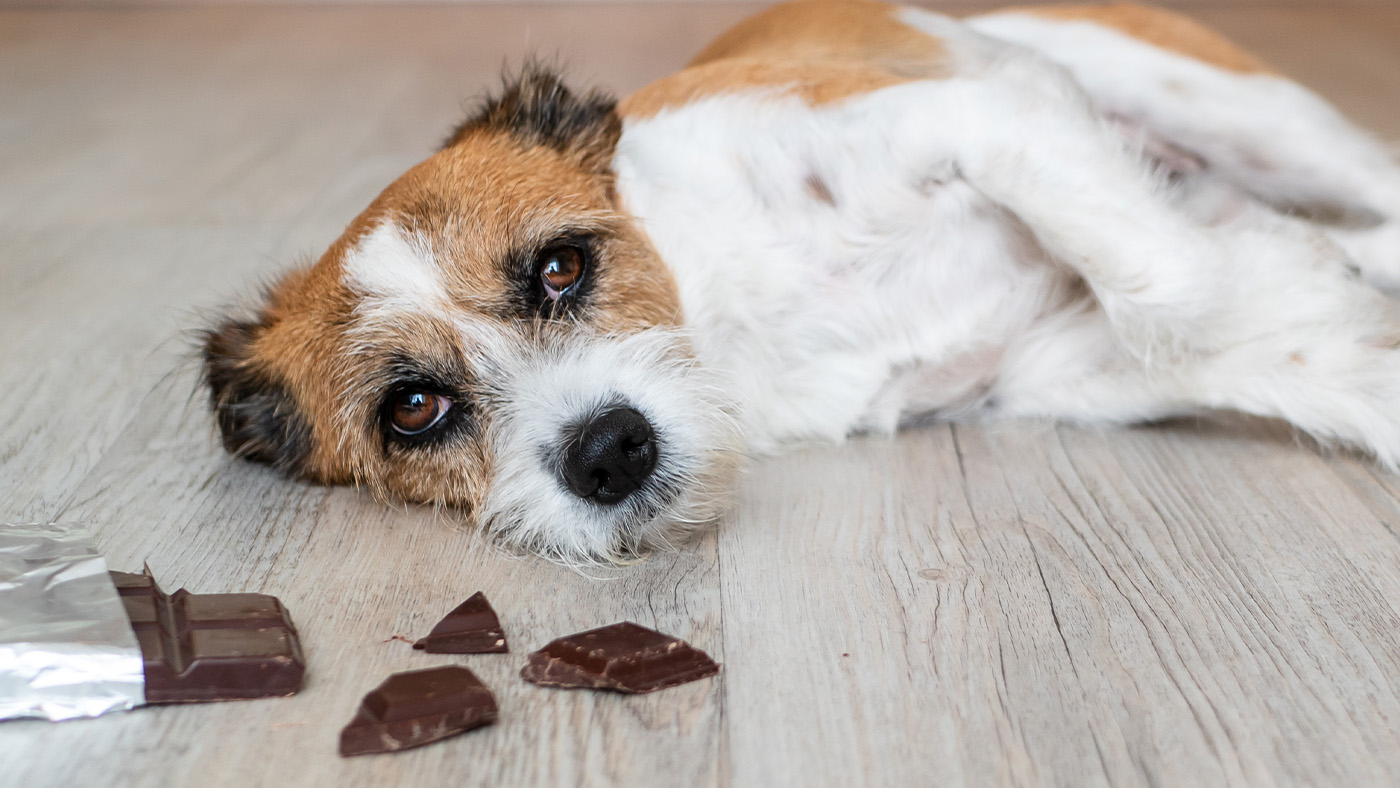15 cat friendly house plants
Discover the best cat friendly house plants and create a green oasis in your home while protecting your puss
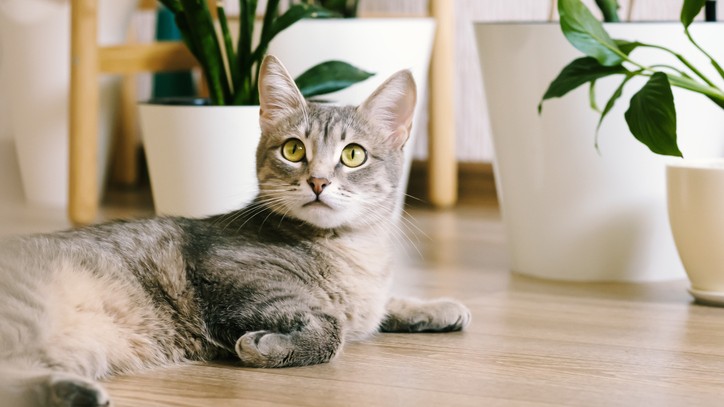
Plants make a beautiful addition to your indoor space, but if you share that space with a frisky feline you’ll want to ensure you’re getting cat-friendly house plants. Improve the quality of air in your home, boost your mood and productivity levels and add life to your home, while making sure your cat is safe and happy – and doesn’t destroy your newly created green haven.
It’s not clear why your cat chooses to nibble on your houseplants – whether it’s for the taste, extra nutrients, as a form of comfort or out of boredom – but if there’s a chance they might get their paws on your leaves or flowers, you’ll want to make sure they’re safe so they don’t get ill. For starters, make sure they’ve got the best cat food to chew on and the best cat toys so they’re not getting bored.
Our guide will help you choose from a variety of indoor foliage, including big, small, leafy and flowering, and distinguish between those that are toxic and non-toxic for cats. Plus, it’ll provide you with tips on how to stop your pet eating your plants too.
Cat friendly indoor plants
Do your houseplants hold hidden dangers for your moggy? This is what you need to know when shopping for your indoor plants. Fortunately, there’s lots of greenery that is safe for your cat whether you want something large, little or luxurious:
1.Ferns
Most true ferns such as the Boston fern (Nephrolepis) are cat-friendly and are good choices because they’re easy to look after. The Boston fern needs plenty of indirect sunlight, humidity and wet soil. Ferns also make great hanging plants so you can keep them out of reach.
2.Spider plants
Spider plants (Chlorophytum) are another example of a tough plant that’s low-maintenance and non-toxic to cats. All it needs is indirect sunlight and well-drained soil and it should thrive even if you don’t have green fingers. Plus, the Spider plant is an air-purifier so there’s an added benefit. Just make sure not to let your cat chew too much on this plant as it can aggravate their stomachs.
3. Zebra plants
Named after its striking striped foliage, the zebra plant (Calathea zebrina) will not only add a bold statement to the room, but it’s safe for cats. Place it somewhere bright with indirect sunlight, water it frequently and make sure it has a warm climate and good humidity and it will be easy to keep alive too.
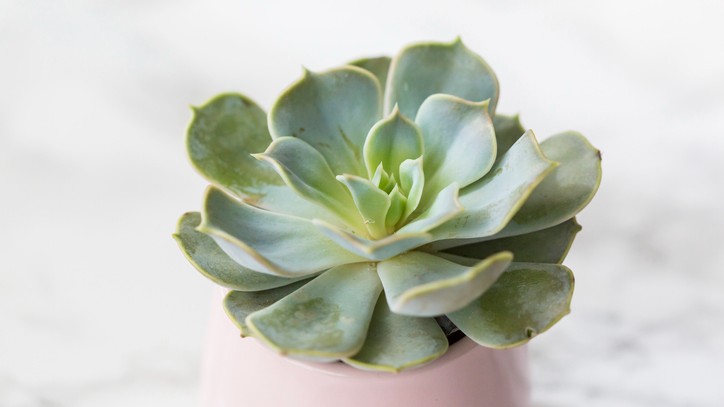
4. Succulents
Most succulents such as the blue Echeveria (Echeveria lilacina) and the Burro’s Tail (Sedum morganianum) are non-toxic to cats. The blue Echeveria not only has a pretty, geometric pattern to decorate your home, but it is another safe houseplant for cats and easy to maintain. They need both direct and indirect sunlight and watering about once every two weeks. The Burro’s Tail likes bright, indirect sunlight and to be left alone. It only needs watering once a month and makes a wonderful hanging plant with its tassel-like stems.
5.Baby tears
The baby’s tears’ (Soleirolia soleirolii) tiny, round cascading leaves give it its name. This plant is another great option for a hanging basket. They are not toxic, but can lead to mild vomiting and diarrhea if ingested so they’re better kept somewhere inaccessible. Keep them in indirect light and moist soil.
Cat safe indoor flowering plants
While foliage will add lush greenery and a tropical vibe to your home, these five flowering plants are safe for cats and will add a spot of colour and femininity.
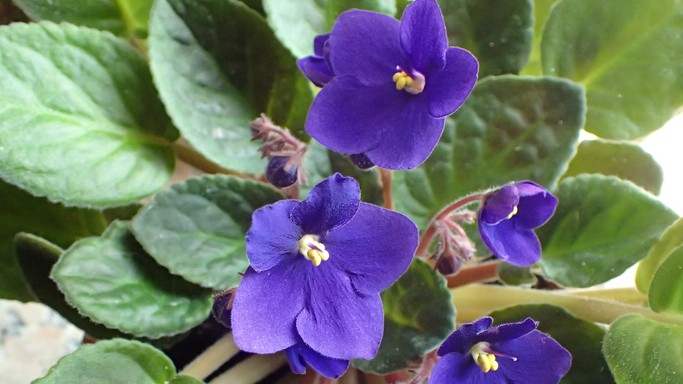
6.African violet
This houseplant is popular because its flowers are able to bloom all year round in beautiful shades of purple, as well as blue, pink, red and white. The African violet (Saintpaulia) thrives at similar temperatures to humans in indirect sunlight with slightly moist soil. Plus, it is non-toxic to cats so you’ll have a happy home and pet.
7.Roses
Your furry friend may be attracted to the scent of roses (Rosa), but most won’t enjoy the taste of eating them or the thorns. If they do go in for a nibble, however, roses are non-toxic to cats. And, on top of this they make a pretty addition as a bouquet centrepiece or windowsill potted plant.
8.Wax plant
This unique plant is popular for its delicate, star-shaped pale pink flowers that grow in clusters along its vines. The wax plant (Hoya carnosa) is not poisonous to cats and it is easy to care for. Just water them frequently and keep them in indirect sunlight.
9. Christmas cactus
This festive plant blooms in bright shades of red, pink, white, yellow, purple and orange and makes a wonderful holiday decoration. Again, it’s easy to maintain – in fact it can live up to 100 years and you only have to water it every 2-3 weeks. Plus it’s safe for your cat so you can both enjoy the season.
10. Orchid
If you want an elegant home, then an orchid should be on your shopping list and, luckily for you, most orchids are safe for cats. Keep these plants in partial light and water once or twice a week depending on the temperature.
Large cat friendly house plants
If you want a standing plant to brighten up a corner, these large plants are cat friendly:
11.Cast iron plant
The cast iron plant (Aspidistra elatior) can grow up to 61cm (2ft) and makes an ideal standalone pot plant for people who want to add some green space to their homes, but don’t have a lot of time to care for them. This plant doesn’t need a lot of attention and won’t mind attention from your cat as it’s non-toxic and can survive anything.
12.Palms
Most palms are non-toxic to cats and make nice large, indoor plants as they won’t suffer too much if neglected. The ponytail palm, bamboo palm and Parlor palm in particular are impressive cat-friendly plants. The bamboo palm (Chamaedorea seifrizii) grows up to around 1.52m (5ft) and will create a fun, jungle feel in your home.
13.Money tree
Want a plant that’s safe for your cat, decorates your home and also brings good fortune? Then the money tree (Pachira aquatica) is for you! Standing several feet tall, this unique plant with its twisted trunk and palm-like leaves trunk brings a tropical feel and positive feng shui. Plus it is low maintenance and doesn’t need a lot of watering.
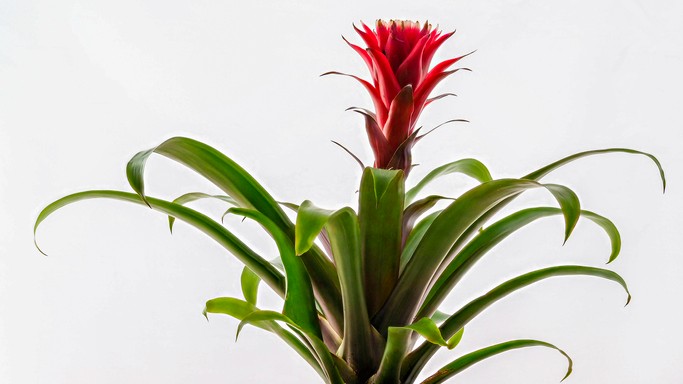
14.Bromeliad
Famous for its lush foliage and stunning tropical colours such as pink, orange, red and yellow, the Bromeliad (Bromeliaceae) grows around 60-90cm (2-3ft) tall and is definitely a feature plant. Give it bright light and humidity and it won’t ask for much in return either. The Bromeliad is non-toxic to cats and can be grown without soil so you won’t have to worry about soil everywhere with your pet.
15. Polka dot plant
If you want a leafy cat friendly plant, but you’d also like a splash of colour, try the Polka dot plant (Hypoestes phyllostachya). Its pink and green mottled pattern will add a charming touch to any room and standing up to 1m (3ft) it’s sure to make a statement.
Indoor plants that are toxic to cats
It’s not just foods such as chocolate that can harm your furry friend. Plants can make them seriously ill if toxic and can even cause permanent damage to their kidneys and heart. These are some of the common household plants to avoid:
1.Snake plants
One of the most popular air-purifying plants, snake plants are a common sight in homes and offices because they’re hard to kill and survive well even in low light. However, chemical compounds called saponins in this plant are toxic to cats and can cause nausea, vomiting and diarrhoea so are not advised for pet owners.
2.Some succulents
While some succulents are safe for cats, you’ll want to avoid the Aloe vera (lilaceae) or Jade plant (Crassula) as both are toxic to felines. The Aloe can lead to vomiting and diarrhoea and the Jade plant can even cause neurological problems.
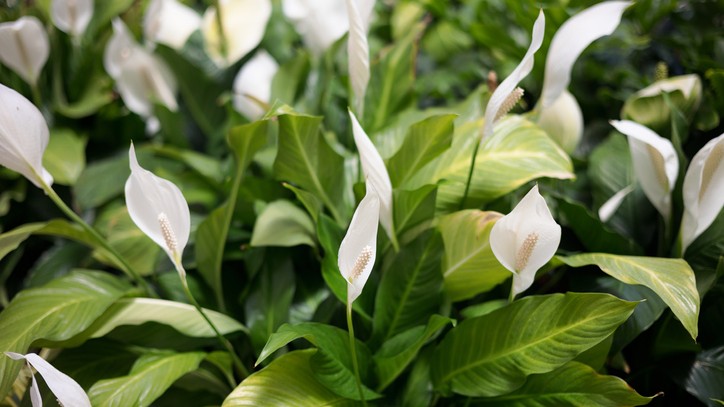
3.Peace Lilies
Just like their name implies, Peace Lilies (Spathiphyllum) can create a calming and relaxing environment in your home. But while they make for pretty house plants, they can be life-threatening to cats. If you think your cat has ingested this plant, see a vet immediately as it can cause long-term problems.
4.Asparagus ferns
While certain ferns are cat friendly, stay away from the Asparagus fern. It may produce small white flowers, berries and decorative foliage, but this plant contains a steroid called sapogenin which is toxic to cats and can cause vomiting, diarrhoea and stomach pain. If they are exposed to the plant over a longer period it can cause inflammation to the skin too.
5.Tulips
Tulips (liliaceae) might make lovely spring bouquets for the home, but they are poisonous to cats. Ingesting tulips, particularly the bulb can cause vomiting, diarrhoea and hypersalivation. It may also lead to depression.
How to cat proof indoor plants
If your cat shows symptoms such as a loss of energy or appetite, vomiting, drooling, bleeding gums or excessive thirst, they may have ingested a toxic plant. It’s important to check the regular and latin names of plants to get them right so your cat doesn’t get ill but, if they do, visit your vet straight away.
Even if you choose plants that are safe for your cat, that may not stop them chewing on the leaves so it’s a good idea to try and cat proof your plants so they avoid them. Here’s how:
1.Make them inaccessible
The easiest solution is to keep the plants away from your pet. Try hanging them somewhere high up where your cat can’t jump on to them, build shelving units with a wire mesh or create a plant room which you can keep closed. If you can’t put them out of reach, cover the soil with pine cones or pebbles, lay tinfoil over it or add chicken wire to the base of the pot plant. This may at least deter them from urinating on your plants.
2. Make your plants unappealing
If your cat doesn’t like the plants you put out, they’ll stay away. Try choosing plants cats are not fans of such as rosemary or deter them with thorny plants such as roses or cacti. If you’d rather have plants they like, place citrus peels in the pots or spray them with watered down lemon juice to put your cat off.
3.Train them to leave your plants alone
Your cat may be chewing your plants out of boredom. Make sure they have plenty of toys to keep them mentally stimulated so they don’t have time to destroy your plants or train them to stay away with treats and positive reinforcement. If this doesn’t work, you could put catnip or cat grass for them to chew instead.
Hopefully, one of these solutions will work and you’ll have a happy home, beautiful plants and a healthy, safe cat.
Looking for even more houseplants that are safe for cats, check out our complete list of cat-safe houseplants.
PetsRadar Newsletter
Get the best advice, tips and top tech for your beloved Pets

